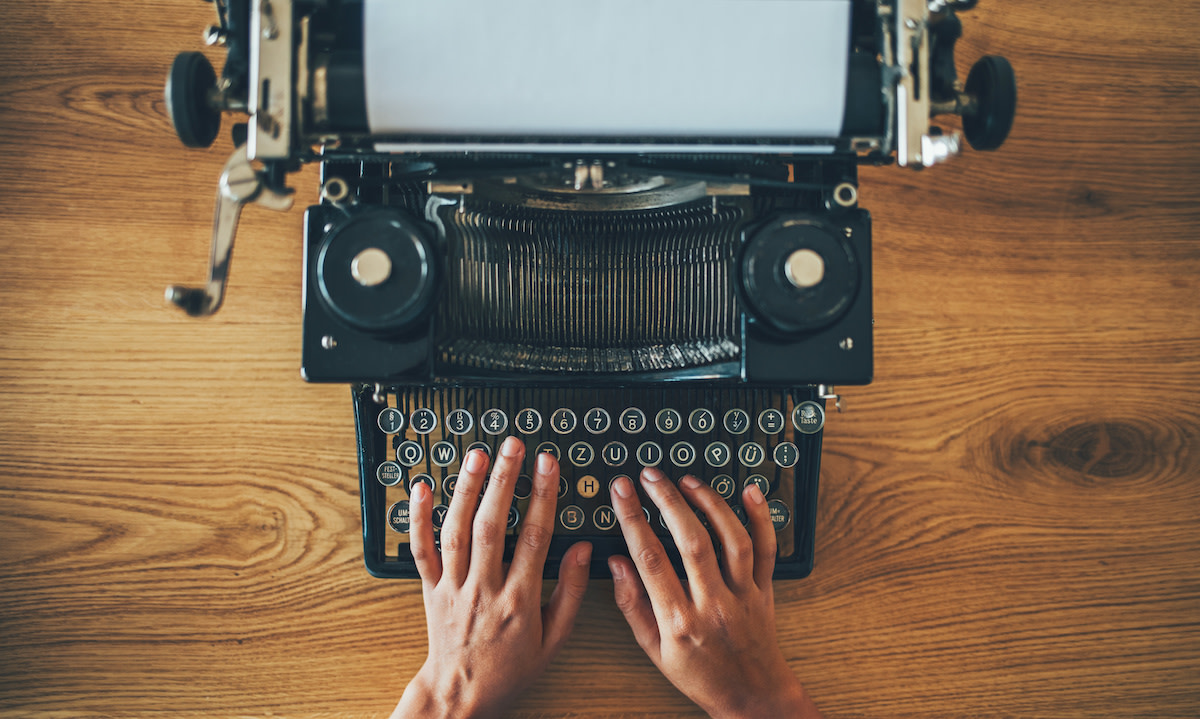8 Ways to Describe Character Features in Writing
Written by MasterClass
Last updated: Sep 3, 2021 • 4 min read
A person's eyes can reveal a wide range of emotions. A simple gaze, a blank stare, or a narrow squint can all convey deep meaning. The expressive power of human eyes makes them the perfect literary tool for character development in fiction writing. Eyes can let a reader in on a secret, signal intent, or offer clues to a character’s mental state. Incorporating precise descriptions of characters’ eyes in your writing can provide deeper insights into the story.
Learn From the Best
8 Tips for Describing Character Features in Your Story
In literature, a character’s eyes are a powerful resource writers can employ to engage readers in a scene. A character’s eyes can serve as a window into their soul. Here are eight tips for describing eyes in your writing:
- 1. Describe eye color in different ways. Providing visual information about a character allows readers to visualize imagery in their mind. Eye color, along with hair color, is one of the first things people mention when describing someone’s appearance. Include it when sketching your characters, but be sure to do it in a descriptive way. Think of related words to describe eye color—blue eyes can be baby blue, light brown eyes might be described as amber, and green eyes can be referred to as emerald. Give a mysterious character black eyes that are described as obsidian—black, shiny, impenetrable. If you get stuck, use a thesaurus and come up with word lists for ways to describe eyes in your story, or use Google to find how other writers have described eyes to give you ideas.
- 2. Think about the entire eye. When describing eyes, think of the orbs in their entirety—from eyebrows to lids to lashes. What can they reveal about a character? Describe their shape. Sloe eyes are almond-shaped eyes, monolids are eyelids that don’t have a crease, hooded lids droop somewhat over the eyes. You can also describe how eyes appear in relation to the whole face. Are they close-set or deep-set? Is your character wall-eyed or goggle-eyed? Eyes can be sunken into their sockets. Zoom into details like the eyeball or the dilated irises of a character. The condition of eyes can also be a revealing tool. Dark circles under the eyes represent exhaustion. Puffy eyes mean a character has been crying. If a character has crows feet, that can be the author’s way of signifying middle age.
- 3. Use eyes to signify character traits. Writers can use eye descriptions to highlight character traits. An innocent child or naive character is often referred to as doe-eyed. A bad guy might have gunmetal eyes. Beady eyes conjure images of a rat. Rheumy eyes signify an elderly person. Steely eyes translate to determination. A twinkle in the eye is the hallmark of a jovial character. Eyes can be warm and inviting. A green-eyed monster is a jealous character.
- 4. Describe eyes in ways that reveal intentions. Eyes gather information for a character, and they also reveal information about a character’s intentions or feelings towards a subject. When talking about a character’s body language, start with the eyes. A raised eyebrow casts doubt. Eyes suspiciously look over the top of eyeglasses. A character flirtatiously bats their eyelashes.
- 5. Use eye movement to forecast plot points","category":"automated-link"}' automatic='true'>plot points. Eyes can be an active subject in a story and can help push the plot forward. Eyes can gaze, stare, glare, sparkle, pierce, roll, flicker, lock in, narrow, close, open wide, and shoot daggers. The movement of eyes can represent a character’s reaction to events or hint at plot points. A character might lower their eyebrows as they grow suspicious of another character—a writer’s way of foreshadowing who the killer might be.
- 6. Use eyes to heighten conflict. If a strong protagonist is wearing contact lenses, glasses, or even a monocle, a writer might use their poor vision as an obstacle that hinders them in moments of conflict. If a character blinks a lot, it might be a sign of insecurity or nervous energy. A writer can take a character’s sight away to strengthen their other attributes.
- 7. Recognize that eyes can betray a character. Eyes can be a tool used for contrast. While a character says one thing, their eyes might say another. For example, if a character comes home late with bloodshot eyes, it lets the reader know they were not working late like they said and gives the character away.
- 8. Use props to amplify the expressiveness of a character’s eyes. People often accessorize their eyes. Think of people you know and the different ways they hide or show off their eyes. A teenage character might have an eyebrow piercing. A character might paint their eyelids in colorful eye shadow or make their lashes stiff with mascara. A mysterious man, perhaps a law enforcement officer, might walk through a door wearing aviator sunglasses, pulling them off to reveal who he really is.
Want to Learn More About Writing?
Become a better writer with the MasterClass Annual Membership. Gain access to exclusive video lessons taught by literary masters, including Dan Brown, Margaret Atwood, David Baldacci, Joyce Carol Oates, and more.
